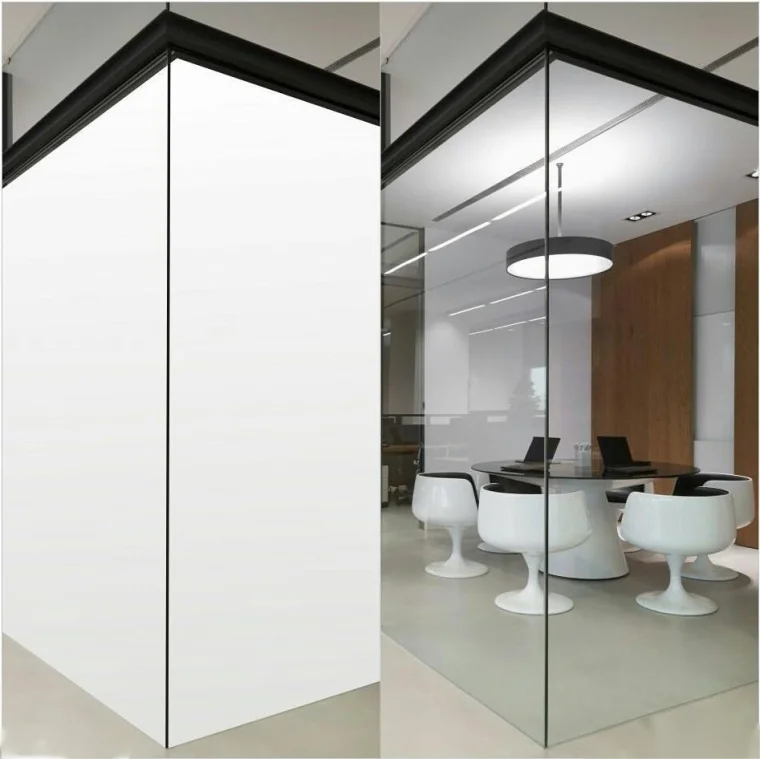When it comes to the construction of walls, the choice of materials plays a crucial role in determining the overall strength, durability, and aesthetic appeal of a structure. In this forum post, we will delve into the main construction material of walls, exploring its various types, properties, and applications. By understanding the intricacies of this essential component, we can make informed decisions in our construction projects.
- Concrete: The Versatile Backbone of Modern Walls
Concrete stands as the most prevalent construction material for walls in contemporary architecture. Composed of a mixture of cement, aggregates, water, and additives, concrete offers remarkable versatility and strength. Its ability to be molded into various shapes and sizes makes it suitable for a wide range of construction projects, from residential buildings to bridges and skyscrapers. Furthermore, concrete walls provide excellent thermal insulation, fire resistance, and soundproofing properties, ensuring both safety and comfort within a structure. - Brick: Timeless Elegance and Endurance
Brick, a traditional construction material, has stood the test of time due to its timeless elegance and durability. Made from clay or shale, bricks are formed through a firing process, resulting in a solid and robust building material. The use of bricks in wall construction offers exceptional thermal mass, allowing for efficient temperature regulation and energy conservation. Additionally, brick walls possess excellent resistance to fire, moisture, and pests, making them a reliable choice for both residential and commercial buildings. - Steel: The Backbone of Structural Integrity
In modern construction, steel has gained prominence as a primary material for load-bearing walls. Its exceptional strength-to-weight ratio and flexibility make it ideal for constructing tall buildings and structures with large open spaces. Steel walls provide superior resistance to seismic forces, ensuring structural integrity during earthquakes. Moreover, steel's recyclability and sustainability make it an environmentally friendly choice for construction projects. - Glass: Transcending Boundaries with Transparency
Glass, although not traditionally associated with walls, has become increasingly popular in contemporary architecture. Its unique properties, such as transparency and light transmission, allow for the creation of visually stunning and energy-efficient walls. Glass walls provide abundant natural light, reducing the need for artificial lighting and creating a sense of openness within a space. However, careful consideration must be given to factors such as insulation and privacy when incorporating glass walls into a building design.
Conclusion:
The main construction material of walls varies depending on the specific requirements of a project. Concrete, brick, steel, and glass each offer distinct advantages in terms of strength, durability, aesthetics, and functionality. By understanding the characteristics and applications of these materials, architects, engineers, and construction professionals can make informed decisions to create structures that are not only visually appealing but also safe, sustainable, and efficient.
